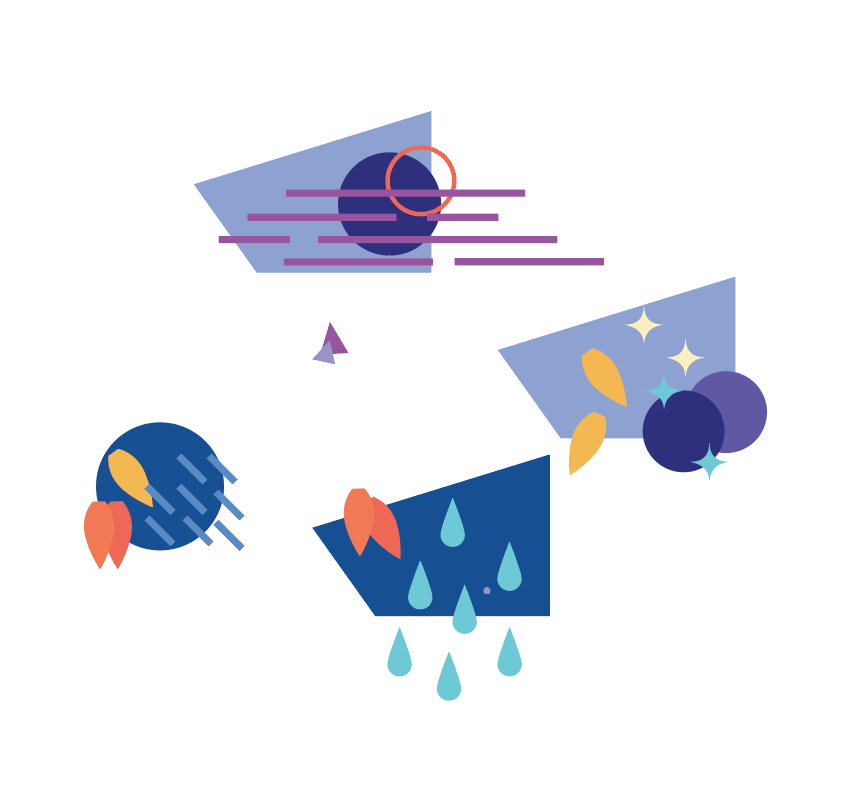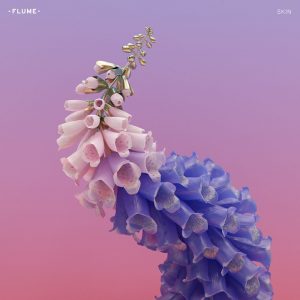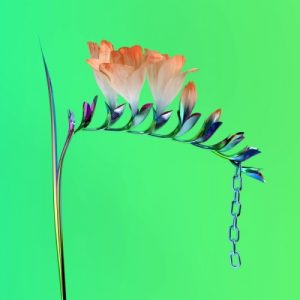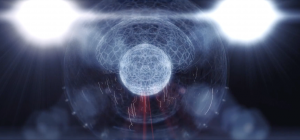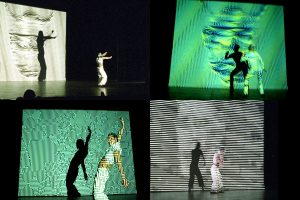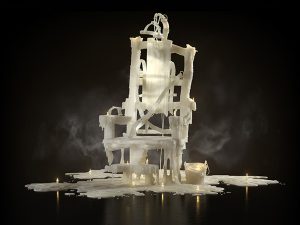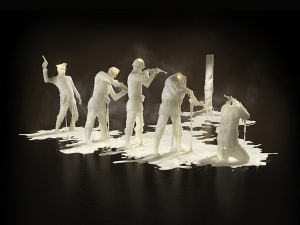afukuda-project-05-wallpaper
/*
* Name | Ai Fukuda
* Course Section | C
* Email | afukuda@andrew.cmu.edu
* Project | 05
*/
var diamondX // x-coordinate for diamond
var x // horizontal line increment
var y // vertical line increment
function setup() {
createCanvas(400, 480);
}
function draw() {
background(140, 164, 212);
stroke(219, 242, 248);
for (y = 0; y <481; y += 80) {
for (x = 0; x < 481; x += 80) {
// ODD COLUMN GEOMETRY
if (x%160 == 0) { // calling only odd columns
line(x, y, x+80, y); // array horizontal lines
line(x, y+40, x+40, y); // array top-left diamond lines
line(x, y+40, x+40, y+80) // array bottom-left diamond lines
line(x+40, y, x+80, y+40); // array top-right diamond lines
line(x+40, y+80, x+80, y+40); // array bottom-right diamond lines
for (diamondX = 0; diamondX < 41; diamondX += 8) {
if (y%160 == 0) { // from odd columns - calling only odd rows
line(x+40, y, x+diamondX, (y+40)+diamondX); // array fanning-left lines (fan down)
line(x+40, y, (x+40)+diamondX, (y+80)-diamondX); // array fanning-right lines (fan down)
// TURQUOISE TRIANGLE (BOTTOM)
push();
fill(193, 228, 221);
beginShape();
vertex(x, y);
vertex(x+40, y);
vertex(x, y+40);
endShape();
pop();
// LIGHT BLUE TRIANGLE (TOP)
push();
fill(209, 226, 244);
beginShape();
vertex(x, y);
vertex(x, y-40);
vertex(x+40, y);
endShape();
pop();
}
else { // from odd columns - calling now even rows
line(x+40, y+80, x+diamondX, (y+40)-diamondX); // array fanning-left lines (fan up)
line(x+40, y+80, (x+40)+diamondX, y+diamondX); // array fanning-right lines (fan up)
noFill();
ellipse(x-40, y, 138, 80); // array oval
arc(x+40, y-40, 138, 80, 0, PI); // array oval (bottom-half)
arc(x+40, y+40, 138, 80, PI, 0); // array oval (top-half)
// TURQUOISE TRIANGLE (TOP)
push();
fill(193, 228, 221);
beginShape();
vertex(x+40, y+80);
vertex(x+80, y+40);
vertex(x+80, y+80);
endShape();
pop();
// LIGHT BLUE TRIANGLE (BOTTOM)
push();
fill(209, 226, 244);
beginShape();
vertex(x+40, y-80);
vertex(x+80, y-80);
vertex(x+80, y-40);
endShape();
pop();
}
}
}
// EVEN COLUMN GEOMETRY
else {
line(x, y+40, x+80, y+40); // array horizontal lines
line(x, y, x+40, y+40); // array top-left diagonal lines
line(x+40, y+40, x, y+80); // array bottom-left diagonal lines
line(x+40, y+40, x+80, y); // array bottom-right diagonal lines
line(x+40, y+40, x+80, y+80); // array top-right diagonal lines
if (y%160 == 0) { // from even columns - calling only odd rows
line(x, y-40, x, y+40); // array left vertical lines
line(x+80, y-40, x+80, y+40); // array right vertical lines
// ORANGE DIAMOND OFFSET (TOP)
push();
fill(253, 203, 167);
beginShape();
vertex(x, y);
vertex(x+40, y-40);
vertex(x+80, y);
vertex((x+80)-(20/sqrt(2)-5), y+10);
vertex(x+40, y-20);
vertex(x+(20/sqrt(2)-5), y+10);
endShape();
pop();
// PINK ELLIPSE (TOP)
ellipseMode(CENTER);
fill(249, 200, 203);
ellipse(x+40, y+26, 20, 20);
}
else { // from even columns - calling now even rows
// PINK ELLIPSE (BOTTOM)
fill(249, 200, 203);
ellipse(x+40, y-25, 20, 20);
// ORANGE DIAMOND OFFSET (BOTTOM)
push();
fill(253, 203, 167);
beginShape();
vertex(x, y);
vertex(x+(20/sqrt(2)-3), y-10);
vertex(x+40, y+20);
vertex((x+80)-(20/sqrt(2)-5), y-10);
vertex(x+80, y);
vertex(x+40, y+40);
endShape();
pop();
}
}
}
}
} // draw function end bracket
My wallpaper was inspired by this geometric pattern I came across while brainstorming for ideas. One thing I noticed upon completing the base of the pattern, was that while it does exhibit a degree of offset row by row, it still had a very strong vertical presence. In order to mitigate the verticality of the pattern I incorporated the overlapping ellipses to create a floral, petal-like design horizontally across the canvas. Finally I added some colors in specific moments to make the wallpaper stand out more.
![[OLD FALL 2017] 15-104 • Introduction to Computing for Creative Practice](../../../../wp-content/uploads/2020/08/stop-banner.png)
